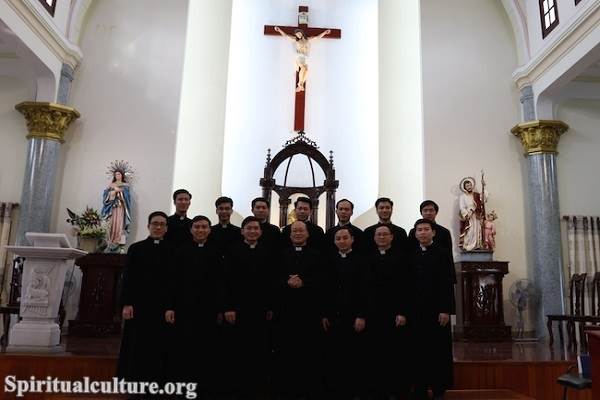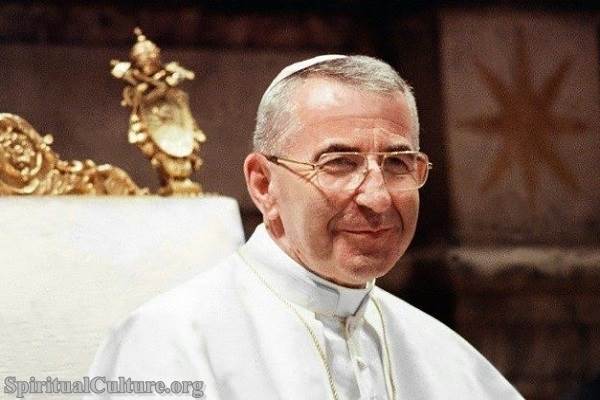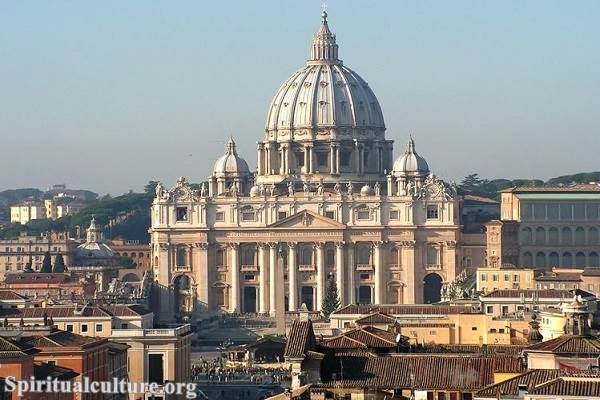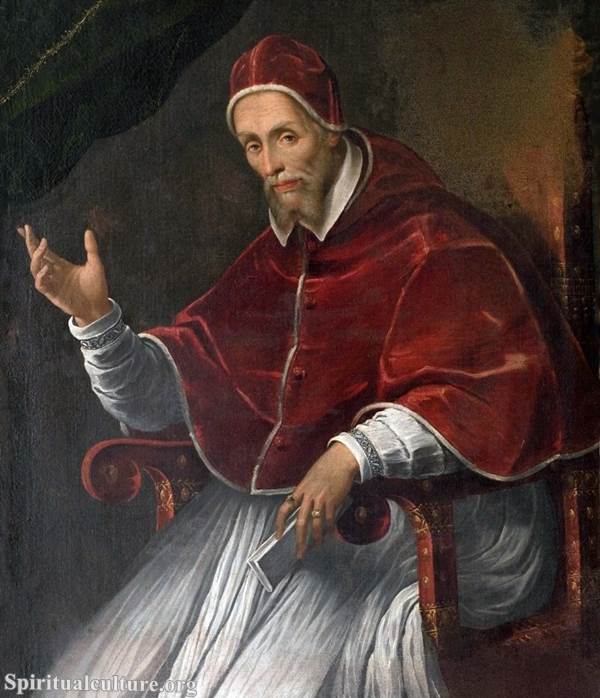His papacy, which lasted from 1305 to 1314, was marked by political turmoil, religious conflicts, and a major shift in the papacy’s location, which had lasting effects on the Catholic Church.
Catholicism and the Papacy of Clement V
As one of the oldest and most widespread branches of Christianity, Catholicism has had a long and complex history. As the Bishop of Rome, the Pope is considered the worldwide leader of the Catholic Church. Throughout history, the papacy has been a position of immense power and influence, shaping religious and political developments across Europe and beyond. Pope Clement V’s reign was no exception.
Born in Villandraut, Gascony, Pope Clement V was elected to the papacy in 1305. His election resulted from a deadlock among the cardinals, which was broken when the Archbishop of Bordeaux, Bertrand de Got, was suggested as a compromise candidate. Little did they know his papacy would mark a significant turning point in the history of the Catholic Church.
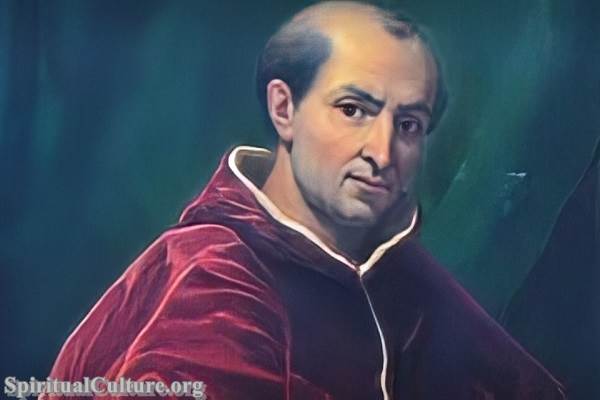
Pope Clement V (1264-1314)
One of the most significant aspects of Clement V’s papacy was his decision to move the papal court from Rome to Avignon, a city in southern France. This move, often referred to as the beginning of the Avignon Papacy or the “Babylonian Captivity of the Church,” marked a period of nearly 70 years during which seven successive popes resided in Avignon rather than in Rome. This decision was driven by the turbulent political conditions in Rome and Italy at the time, but it also reflected Clement’s close ties with the French monarchy.
Catholic Church and the Knights Templar
Perhaps the most controversial aspect of Pope Clement V’s reign was his role in suppressing the Knights Templar. The Knights Templar was a Catholic military order recognized for its distinctive white mantles adorned with a red cross. They became a favored charity throughout Christendom and grew rapidly in membership and power.
However, King Philip IV of France, heavily in debt to the Templars, sought to eliminate them. He exerted pressure on Pope Clement V, who eventually issued a papal bull, “Pastoralis Praeeminentiae,” in 1307, ordering all Christian monarchs in Europe to arrest Templars and seize their assets. Many Templars, including their Grand Master Jacques de Molay, were subsequently arrested, tried under dubious charges, and burned at the stake. Clement V’s role in this suppression has been a subject of much debate among historians, with some seeing him as a weak Pope dominated by the French monarchy, while others view him as a pragmatic leader trying to maintain unity in the Catholic Church.
Clement’s Legacy in the Catholic Church
Clement V’s controversial decisions, particularly the move to Avignon and the suppression of the Templars, had far-reaching impacts on the Catholic Church. The Avignon Papacy undermined the Church’s universality, leading to a schism and causing lasting damage to the papacy’s prestige and authority. The suppression of the Templars, meanwhile, left a dark stain on the Church’s history and gave rise to numerous myths and legends.
Despite the controversies, Clement V also had significant achievements. He convened the Council of Vienne in 1311-1312, which, despite its primary purpose of dealing with the Templar issue, also enacted several important church reforms. He also canonized notable Catholic figures like St. Celestine V and St. Louis of Toulouse.
Pope Clement V’s papacy was a complex and tumultuous period in the history of Catholicism. His decisions continue to provoke debate among historians and remain a testament to the intricate interplay of religion and politics within the Catholic Church.
